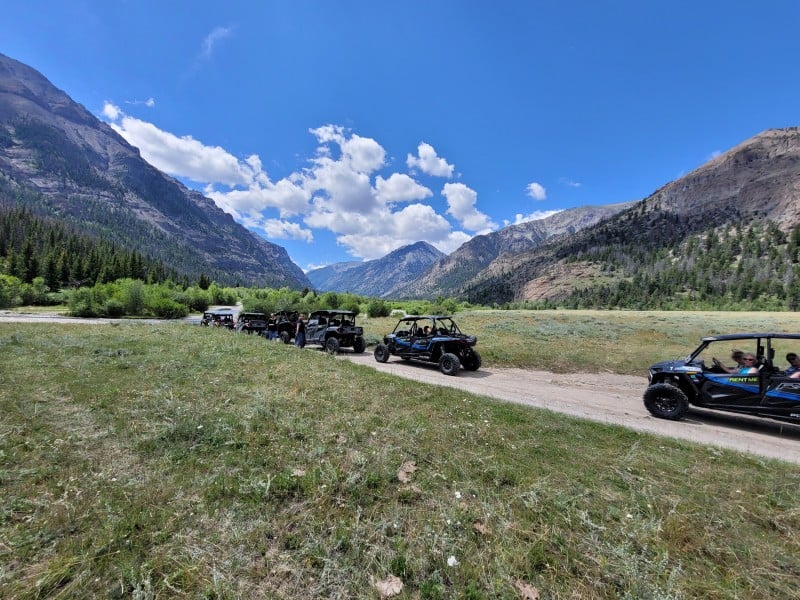April 21, 2025


April 21, 2025

April 21, 2025

March 31, 2025
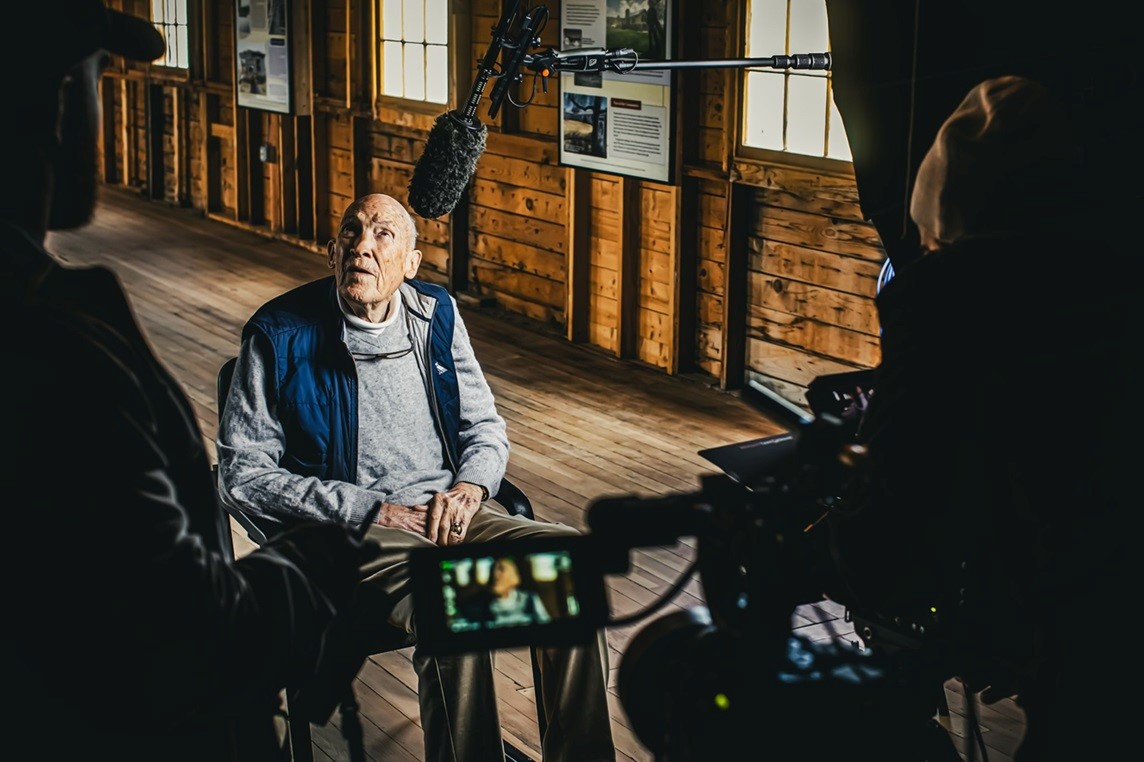
March 27, 2025


March 7, 2025
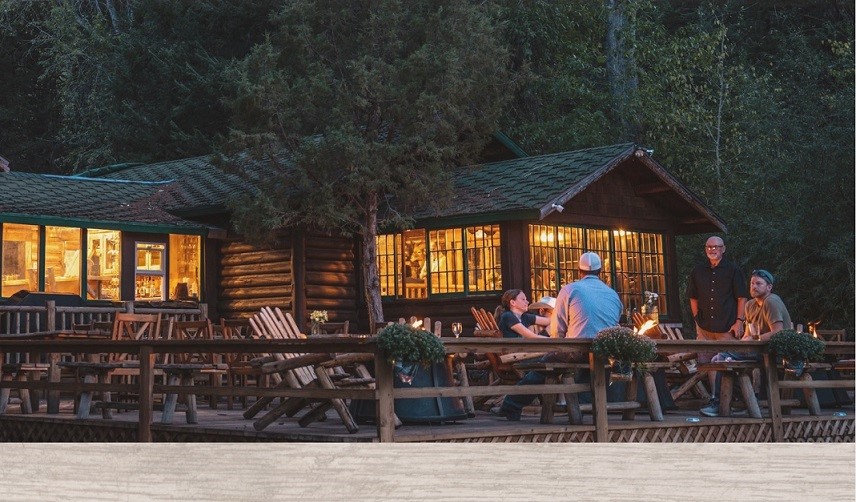
The Babies are Coming to Cody Yellowstone
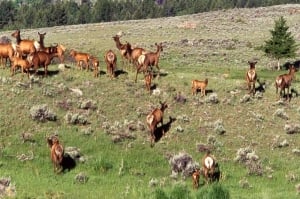
Elk and their babies are found throughout the region.
Spring is considered a time of rebirth, and many wildlife species in northwestern Wyoming’s Cody Yellowstone region embrace that idea literally.
Any day now, an observant visitor or local in this wildlife-rich northwestern Wyoming region will spot a bear cub with its mother. Or a red-colored bison calf will be spotted among a herd.
“Around here, we know that the long winter is waning when we start spotting wildlife babes in the woods,” said Ryan Hauck, executive director of Cody Yellowstone, the marketing arm for the region that includes the towns of Cody, Powell and Meeteetse, a large swath of the Shoshone National Forest and about half of Yellowstone National Park. “Wildlife fans like me believe that springtime is one of the best times of the year to observe animals in their natural habitat. They are often active as they shake off the slow pace of winter, and sometimes the newborns act like a bunch of rambunctious toddlers. It is truly a thrill to watch wolf pups and bison calves when they are playful.”
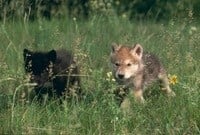
Wolf pups are playful and fun to watch.
Hauck noted that during periods when wildlife are active, it is essential for humans to observe them safely and respectfully. Hauck recommends downloading the Cody Yellowstone vacation guide for useful tips and ideas for observing and learning about the region’s wildlife.
Here are some of the critters visitors might see in the springtime:
- Bison calves are often the first of the young ones to make their debut. Reddish-colored, fuzzy-furred – they are often called “red dogs” – bison calves are quick studies, and they can keep up with their mothers as soon as two hours after birth. It takes a village to protect a bison calf, and all adult bison surround young calves when predators such as wolves and bears are nearby.
- Black bear cubs are born in their mother’s dens during the winter, and they spend the first couple of months of their lives nursing and dozing while their semiconscious mamas continue to slumber. The bear cubs finally see daylight around the month of April. Mothers spend the next 16 to 18 months teaching their babies how to survive in the wild.
- Moose cows aren’t quite as patient with their young. Once they give birth to a new calf – typically in May or June – they chase away the previous season’s calves. While not known for their intelligence, moose are predictably unpredictable, particularly when protecting a calf. Moose cows will chase human observers and other wildlife if they perceive a threat. Moose are frequently spotted near the Northeast and East Gates to Yellowstone.
- Bighorn sheep produce one or two lambs annually. Born in May or June, the lambs immediately begin the multi-year process of growing their horns. For this species, size matters. The horns on male Rocky Mountain bighorn sheep can weigh as much as 40 pounds, and the size of horns can influence a ram’s rank in the herd.
- Elk thrive throughout the region, particularly in East Yellowstone Valley along the North Fork of the Shoshone River. Usually born in late May and June, elk calves like most ungulates can walk within an hour or two of birth. An elk cow’s protective strategy when predators are near is to run away in hopes the predator will follow her and not notice the newborn lying motionless in the grass.
- Wolf pups begin appearing in April and May, and their packs will remain with them for three to 10 weeks as they learn bit by bit how to be a wolf in Yellowstone. Their playful antics with their littermates make wolf-watching in spring especially fun. While wolves roam throughout the Greater Yellowstone region, the best sightings are often in the Lamar Valley inside the park.
- River otters are also born with an entertainer’s spirit, but they are a little harder to spot. Born in March and April, these aquatic nomads stay with their moms for a year as they learn how to find fish and other food and swim underwater for minutes at a time.
- Eagles emerge in mid-April and fly from their nests three to four months after that. This remarkable once-endangered bird is one of 19 raptor species in the park. Northwestern Wyoming is home to bald eagles and golden eagles. Bald eagles feed on fish, and their nests can often be found in trees close to water. Golden eagles are more frequently spotted in valleys where they can accommodate their preference for rabbits and other small mammals.
Here’s how to observe wildlife safely during the spring season:
- Keep your distance. The National Park Service recommends staying at least 100 yards away from bears and wolves and 25 yards from other wildlife.
- Drive carefully and keep binoculars handy. Wildlife can often be spotted along the roads leading from Cody to the East and Northeast Gates to Yellowstone National Park.
- Early morning and dusk are the best times of the day to spot animals in the wild.
- Bison jams happen. Bison survive the harsh Yellowstone winter by avoiding unnecessary exertion, and that frequently means that herds will lumber down paved, cleared roads instead of through deep snow. Lucky travelers who encounter a so-called bison jam should savor the up-close view of these mighty creatures as they slowly pass stalled traffic. Visitors should stay in their vehicles, keep windows rolled up and not try to touch or speed up the animals.
- Never feed the wildlife.
- The roads into Yellowstone National Park reopen to private wheeled vehicles on a staggered schedule. Cody offers access to the East and Northeast Gates. The East Gate, located 52 miles from downtown Cody, is projected to reopen to private vehicles on May 2. The opening date for the Northeast Gate varies, depending on the weather. Check here for the latest information on opening dates, road construction and more.
###
Home of the Great American Adventure, Cody Yellowstone is comprised of the northwestern Wyoming towns of Cody, Powell and Meeteetse as well as areas inside of Yellowstone National Park and the valley east of the entrance. The region is known for rodeos, authentic guest and dude ranches, world-class museums and recreational adventures that reflect the adventurous spirit of the visionaries and explorers who brought the remote region to the world’s attention.
Related hashtags:
#CodyYellowstone
#WildWatch
#CodyWyoming
#CenteroftheWest
#BuffaloBill
#Yellowstone
#ThatsWY
#OutsideYellowstone
Media contact:
Mesereau Travel Public Relations
720-284-1512
Read More
Travel Offers

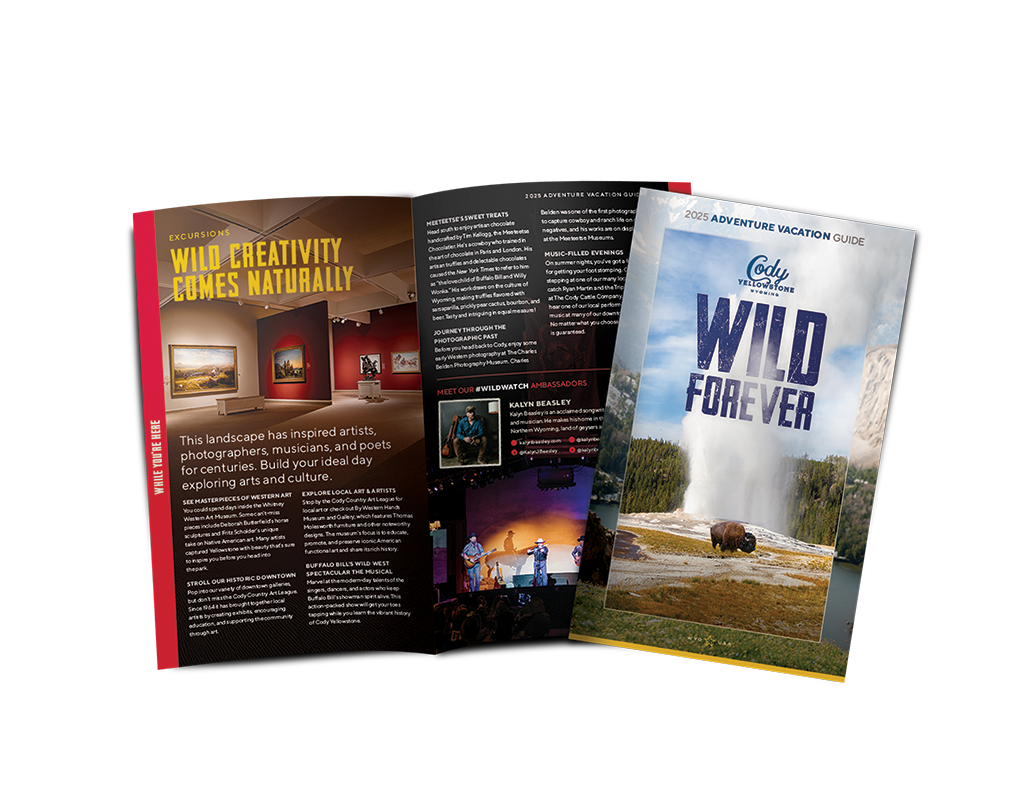
Get Your Free Cody Yellowstone Vacation Guide
Start planning your wild adventure with the help of our free guide.
